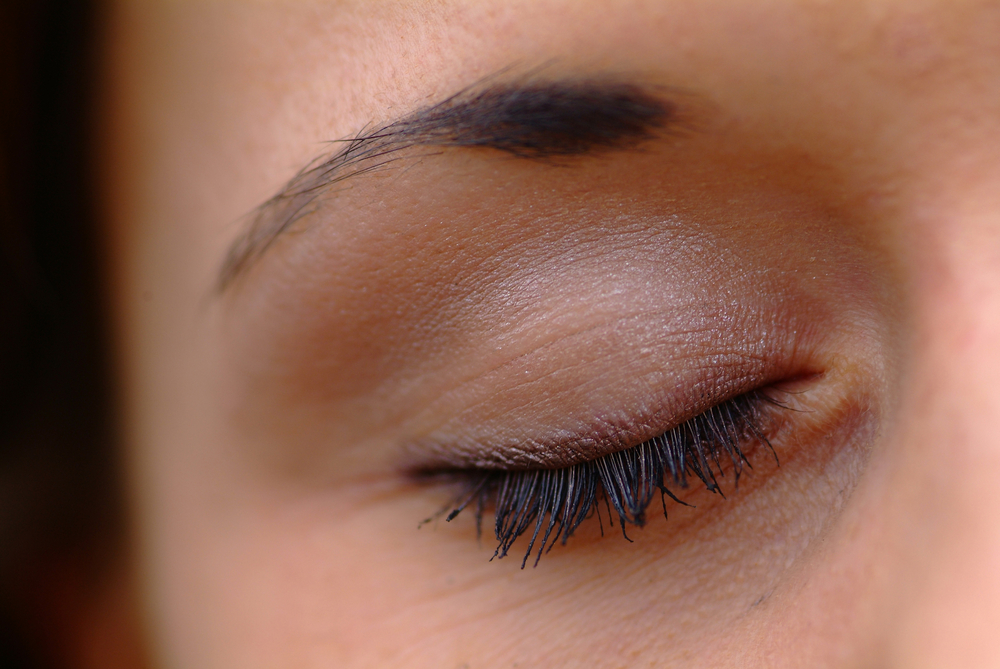Folk Remedy Linked with Lead Poisoning, CDC Warns

A 6-month-old boy was treated for lead poisoning due to the use of the cosmetic known as "tiro," which is used as a folk remedy for promoting visual development, according to a report of the boy's case released today.
The baby was brought to Boston Children’s Hospital with elevated levels of lead in his blood in June 2011, according to the report from researchers at the Centers for Disease Control and Prevention (CDC). The boy was born in the U.S. to Nigerian parents.
An investigation revealed the source of lead to be tiro, a powdery Nigerian cosmetic that had been applied to the infant's eyelids. Investigators had examined the family's home and found it was "in excellent condition, without lead hazards," according to the report. The baby was exclusively breast-fed, and was not given spices or supplements.
The powder was 82.6 percent lead, the report said.
The main source of lead poisoning in the U.S. is lead-based paint; however, other sources are increasingly being identified, the CDC said. Imported products such as spices, candy, cosmetics, health remedies, pottery and jewelry have all been implicated.
The case began when the baby's parents brought him to a pediatrician for a well-child visit. The doctor noted the cosmetic on the child's eyelids, and tested his blood for lead. The baby was treated with iron supplements, and referred for further testing at the hospital. The baby was growing well and developing normally, according to the report.
The parents stopped using the product, and follow-up blood tests showed the boy's lead levels were dropping.
Sign up for the Live Science daily newsletter now
Get the world’s most fascinating discoveries delivered straight to your inbox.
Tiro is also called "tozali" and "kwalli," and similar products called "surma" and "kajal" in Asia, and "kohl" in the Middle East, may also contain lead, the report said.
The powder has many uses as a folk remedy, the report said, including relieving eyestrain or pain, and preventing infections in a baby's umbilical cord stump or circumcision wound.
The case shows that certain groups of immigrants may be at higher risk of lead poisoning, the report said. "Educational efforts are needed to inform immigrants from Africa, Asia, and the Middle East that tiro and similar products can cause lead poisoning in children," the researchers wrote in their report. When children with elevated lead levels are brought for medical attention, health care workers should ask about eye cosmetics and folk remedies as a possible source, they said.
Lead is highly toxic and can damage body organs including the brain, kidneys and bone marrow. Young children are especially susceptible to lead because they tend to put things they find on floor in their mouths, and because of differences in their body functions, such as greater absorption in their guts, and still-developing central nervous systems, according to the CDC.
Pass it on: Foreign eye cosmetics may contain lead, and pose a particular risk to children.
FollowMyHealthNewsDaily on Twitter @MyHealth_MHND. We're also on Facebook & Google+.










